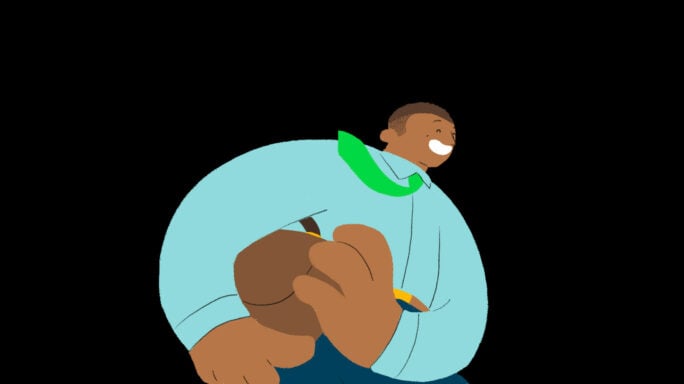From sick notes to fit notes: What you need to know

The change from traditional sick notes to new fit notes came in amid a whirlwind of controversy and confusion. Now that the dust has settled and fit notes have been trialled for real, we’ve put together what we hope will prove to be a useful guide to using them.
What is a fit note?
Technically called a statement of fitness for work, a fit note is provided by a doctor to an employee who has been off work for longer than seven days. The fit note will advise you, as an employer, whether your employee is fit enough to return to work.
What does a fit note do?
In the fit note, your employee’s doctor will select one of two options; that the employee is either:
- Unfit for work; or
- may be fit for work, taking account of the following advice.
If the doctor has written that your employee may be fit for work, they will then offer advice about the circumstances in which they could return to work, for example:
- A phased return to work.
- Altered hours.
- Amended duties.
- Workplace adaptations, such as them working on the ground floor only.
Do I have to take the doctor’s advice?
You don’t have to follow the advice given in the fit note if you think it’s impracticable. After discussing the advice with the employee, it’s your decision whether to allow the employee back to work. You’ll know more about any health and safety issues in your workplace than the doctor.
If you can’t provide what the doctor has suggested, tell this to your employee and treat them as being unfit for work. The employee doesn’t need to go back to their doctor for a new fit note.
However, if your employee’s illness could be described as a “disability”, you need to understand what “reasonable adjustments” you can make to allow them to come back to work.
To get a picture of how this process works, take a look at these real-life case studies:
Case study A
Julia is 31 years old and works as an administration assistant in a small company. She has been off work for six weeks with severe back pain for the third time in a year.
In her fit note, her GP advises that she ‘may be fit for work taking account of the following advice’.
The advice is that Julia:
- May need time off to attend physiotherapy after a referral.
- Should avoid static postures by taking more frequent breaks and be able to sit/stand when she needs to.
- Should have a workstation review.
- Should consider a referral for occupational health advice.
In the fit note, the doctor also ticked ‘a phased return to work’, ‘amended duties’ and ‘workplace adaptations’.
The doctor noted that this will be the case for eight weeks and he will need to assess Julia’s fitness for work at the end of this period.
Julia and her manager discuss the advice on the fit note and how her health condition affects her ability to do her usual job. They agree that Julia should observe a phased return to work with more frequent breaks during her shifts. Her manager has also organised for a workstation review and an occupational health assessment to identify any action that may help prevent future episodes.
Julia immediately returns to work under these conditions and is back to her normal hours after four weeks.
Case study B
Eric is 47 and works in a retail store on the service desk, but also stocks shelves and works on the till. He has chronic anxiety and has been off work for three weeks.
He would like to return, but has concerns about coping with customer complaints that make up some of his role.
In his fit note, Eric’s GP advises that he ‘may be fit for work taking account of the following advice’.
The advice is that Eric:
- Should avoid customer facing duties.
- Should observe a phased return to work.
The GP additionally advises that Eric’s employer should consider creating a support network at work.
The doctor noted that this will be the case for three weeks and he will need to assess Eric’s fitness for work at the end of this period.
Eric and his employer discuss the advice on the fit note and agree that Eric should return to work on a phased return to a non-customer facing role, before gradually returning to the services desk for shorter then longer periods.
Additionally, Eric’s employer arranges for an experienced member of the team to become a ‘buddy’ to support him and advise on techniques to deal with handling difficult customer issues.
Eric returns to work immediately and returns to normal duties after three weeks.





Ask the author a question or share your advice